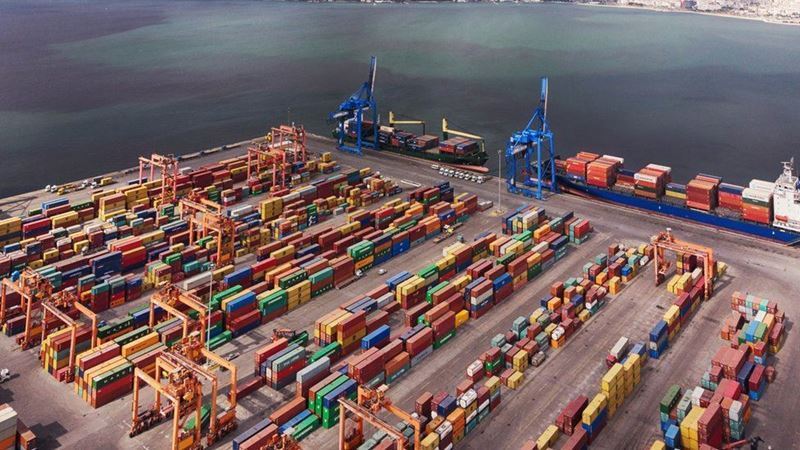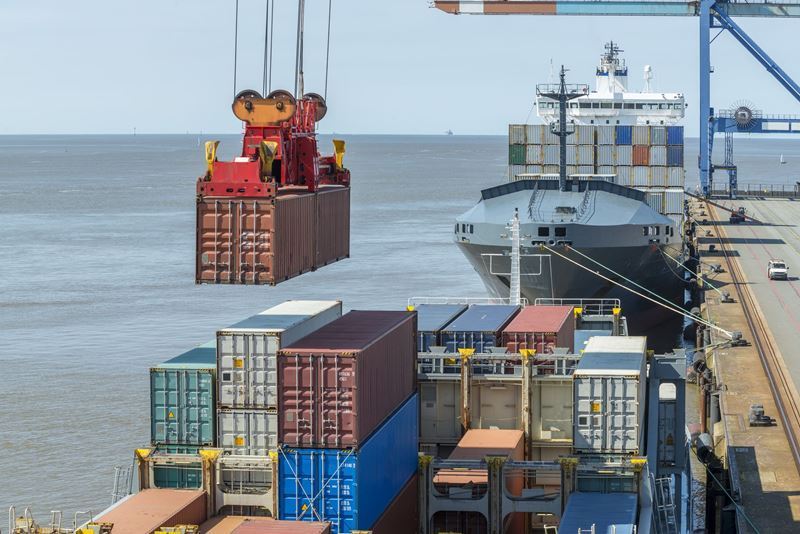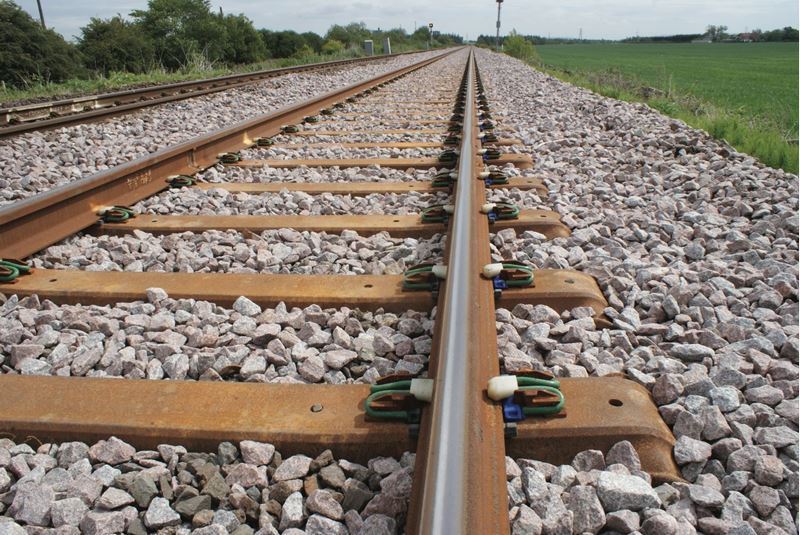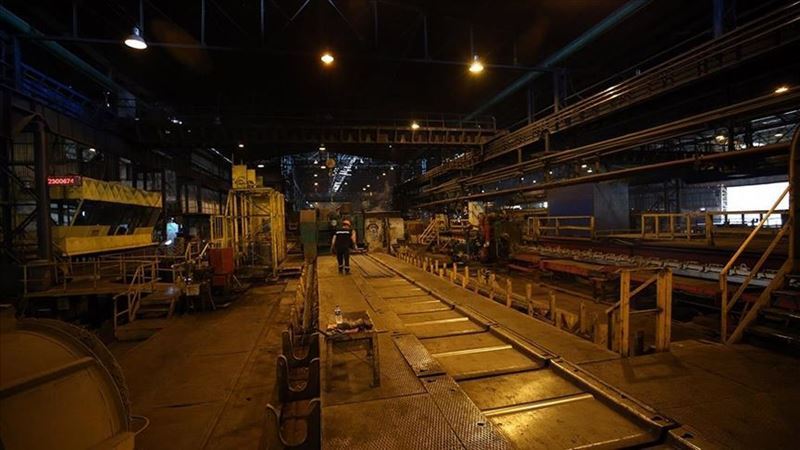Güngördü stated, “We currently have two investments in Turkey: one is a stainless steel plant, the other a steel service center. However, today’s main topic is data management in the steel sector, because competition is no longer shaped solely by production capacity but also by accurate and timely data.”
He highlighted that data-driven decisions in areas ranging from price fluctuations and supply chains to carbon emission reporting and customer analysis define companies’ strategic roadmaps. “Gaps in data production can increase costs while making opportunities invisible. That’s why I will talk about global data bridges and their relevance to the steel sector,” he added.
The role of data bridges
Güngördü emphasized that data is more than just numbers, shaping processes from raw material supply to customer relations. He noted that industrial associations and institutes act as bridges: “These organizations bring suppliers, producers, customers, and policymakers to the same table. They create common data standards, organize collaboration platforms, prepare guidance documents, and engage in policy advocacy.”
Providing examples from countries with strong data infrastructure, Güngördü explained that tables prepared by the Brazilian Steel Institute show visible steel consumption by product, allowing observation of sectoral contraction or expansion. However, he noted that this reflects visible consumption, including stock changes, rather than actual consumption.
In the European Union, actual steel consumption is calculated, with EUROFER integrating sector-based consumption projections. In Japan, the Japan Iron & Steel Federation regularly publishes sectoral steel consumption figures.
apacity utilization rates and plant age
Güngördü pointed out that capacity utilization rates are a critical sector indicator:
“One of the most important indicators for our sector is the capacity utilization rate. This rate is published weekly by the American Iron & Steel Institute. The general consensus is that a healthy sector should not drop below 75%. Capacity utilization rates show today’s picture. But how modern is this capacity, and how much is under green transition? Here, the age distribution of plants is a critical indicator.”
He shared that in Turkey, about 12 million tons of steel production capacity is under 20 years old, and 32% of last year’s total 37 million tons came from young plants. By contrast, France has no plants under 40 years old.
Highlighting the importance of plant age in potential green steel cost studies, Güngördü added that Turkey has roughly 14 million tons of re-rolling capacity, 7.5 million tons of which is under 15 years old. “We have very new and young plants. However, accessing data remains a challenge when we need resources. Access to such data, what we call a data bank, is still an issue,” he stated.
Trade policies and data infrastructure
Güngördü noted that trade policies operate much faster in countries with strong data infrastructure, citing recent trade investigations: “A corrosion-resistant steel investigation in the U.S. was completed in eight months. In the EU, it took 10 months, in Japan 12 months, and in Brazil 11–12 months. These countries also implement provisional measures, which effectively halt imports of the product once applied.”
Japan, the most protectionist market
One striking example was Japan. Güngördü emphasized that Japan is among the most protectionist markets, producing 84 million tons of steel in 2024, importing only 5 million tons excluding semi-finished products, and exporting 32 million tons. The export-to-import coverage ratio, including semi-finished products, reaches 400%.
Nevertheless, Japan faced seven trade investigations in the past two years. Güngördü stated, “After China, Japan experienced the highest number of trade investigations. Protectionist policies may work in the short term, but without updating strategy, they lose effect in the long term, leading to export market share loss and idle capacity issues.”
He concluded his presentation:
“Countries with strong data infrastructure manage trade policies more quickly, transparently, and predictably. Data banks and analyses enable accurate planning in everything from capacity management to future investments. However, relying solely on protectionist measures is insufficient. Without a medium- and long-term sustainable strategy, the sector is driven toward a fragile structure.”









Comments
No comment yet.